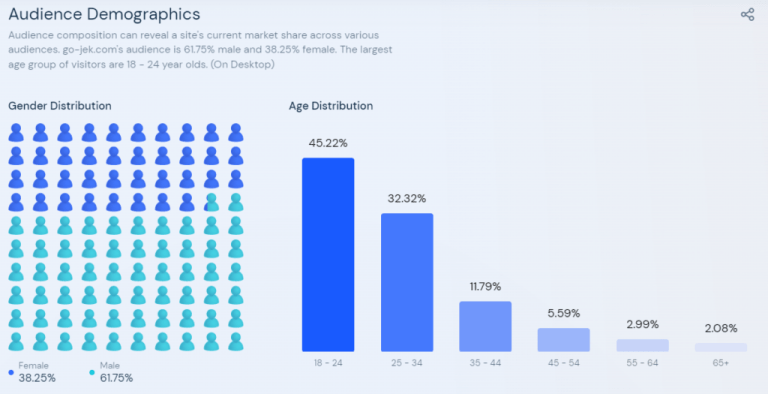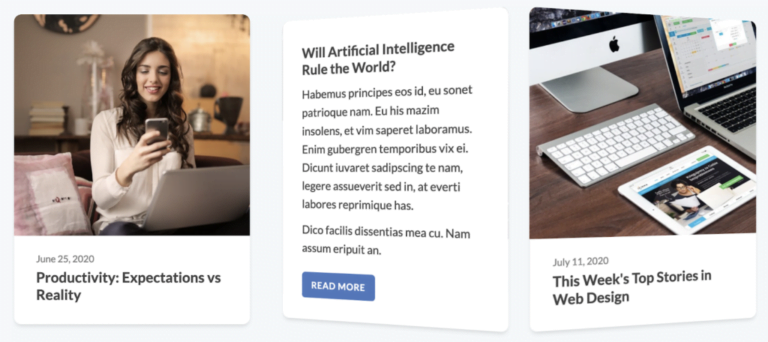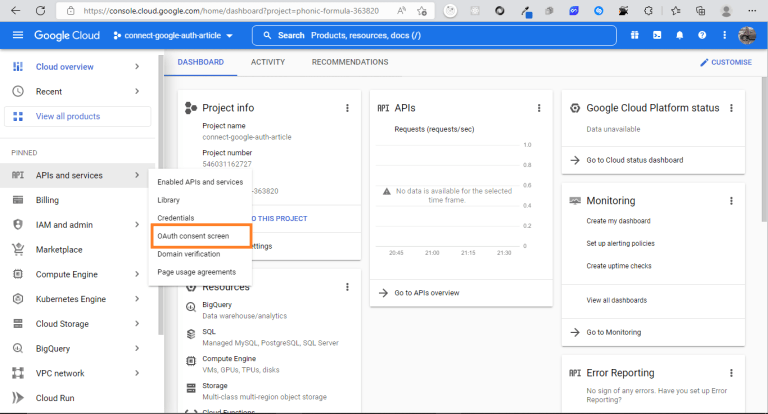
Increased awareness of social issues means that accessible marketing is more important today than ever before. Without accessible marketing, your company will lose out on engagement and will seem out of touch compared to more accessible competitors.
But creating accessible marketing can be confusing at first. Fortunately, there are plenty of tools and resources to ensure that your next marketing campaign is accessible to everybody, regardless of their particular way of experiencing the world and your marketing content.
What is Accessible Marketing?
Table of Contents
Accessible marketing ensures that everyone can interact with your content and learn about your product or service without undue strain or effort on their part.
According to the National Center for Deaf-Blindness, accessibility ensures “all people can perceive, understand, navigate, and interact with electronic information and be active, contributing members of the digital world.” This means your digital content should be tailored to serve everyone, regardless of “visual, auditory, physical, speech, cognitive, and neurological disabilities.”
Being accessible sounds straightforward, but many businesses run into issues when creating accessible content. Few marketers have received formal training in accessibility, even though it is a key feature in good customer experience (CX) and e-commerce marketing. This is a major issue as e-commerce marketing should promote greater traffic, drive a higher conversion rate, and give all existing customers a great CX.
If your marketing content or website is inaccessible, folks will turn to competitors who offer a better experience and account for differences in sight, hearing, physical abilities, or cognitive and neurological disabilities.
Fortunately, there are plenty of examples to follow when attempting to improve the accessibility of your own company marketing materials. These include things like:
- Ensuring content is formatted so screen readers can turn all text to speech without issues
- Using descriptions for all anchor text to improve the effectiveness of braille readers
- Ensuring there is enough contrast between text and background color
- Including relevant alt-text for all images you use
- Supporting keyboard navigation to help users who cannot use a mouse
These examples are just the tip of the iceberg when it comes to accessible marketing. However, taking a few simple steps can lead to far greater reach and engagement with your digital content.
Benefits of Accessible Marketing
Accessibility has been an afterthought in marketing for years. Most designers and web engineers favor flashy design over usability and disregard the experience that folks with a disability have when interacting with their marketing materials.
Fortunately, this paradigm is starting to change as marketing managers realize they are losing out on revenue and harming their brand image with inaccessible content.
Reach and Engagement
According to data collected by the World Health Organization, 15% of the world’s population live with a disability of some kind. While some disabilities do not require reasonable accommodations for online users, many do. By accounting for these users, you can expect to gain greater reach and engagement.
Gaining reach and engagement is particularly important if you are targeting growth in a sector that caters to folks with a disability.
For example, if you are running a campaign for a new range of low-intensity lighting for neurodivergent people, then you absolutely must account for differences in experience between folks who live with things like dyslexia, autism, or ADHD. Folks who are neurodivergent process information and interact with the world differently from neurotypical people. This means your marketing content needs to account for differences in experience to foster greater engagement with your audience.
Feedback
Receiving feedback from folks who live with a disability is important for your business’s long-term success. However, gathering feedback from folks with a disability is typically challenging as physical and digital infrastructure prevents their voice from being heard.
You can gather much-needed feedback from folks with disabilities by tailoring all of your marketing to accessibility. This might include specific redirects to accessible surveys for folks who live with visual impairments or improved navigation options on your “contact us” forms.
Gaining feedback from folks who have disabilities ensures that your brand moves in the right direction while avoiding accidental exclusions on your website.
Brand Image
Running accessible marketing campaigns is the right thing to do — it also boosts your brand image.
Consumers today are savvier and more socially conscious than ever before. This means that many users can spot inaccessible content and won’t be shy about their criticism. You can preempt this by actively creating branded content that is outwardly accessible and cherishes a range of user experiences.
Creating intentionally accessible marketing materials is something that major brands already do well. Brands like Apple have championed accessibility for years, and actively promote usability with features like VoiceOver and their Braille display. This lends major credibility to CEO Tim Cook’s statement “When we work on making our devices accessible by the blind I don’t consider the bloody ROI.”
You can make an equally strong statement with your own marketing materials and create a brand image that promotes inclusion and accessibility.
Accessible Marketing Plans
The benefits of creating accessible marketing content far outweigh the potential challenges. However, creating accessible content takes more than goodwill and some elbow grease. You need to complete a full accessibility audit and change the way you operate to ensure that accessibility is a foundational element of your marketing plan.
You can complete an accessibility audit by tweaking design thinking in data-driven marketing. Design thinking forces you to imagine your user from a range of perspectives. This requires you to educate yourself and use empathy to consider the changes you want to make. You can experiment by simulating users who may face particular challenges like low-vision or neurodivergence when using your site.
Once you’ve identified and implemented areas for improvement, you should open up a space for accessibility-specific queries and complaints. Accessibility-related queries and complaints should be easily located on your site map and provide a range of user-friendly data collection methods. Collecting data in this way will help identify further areas for improvement and ensure that you stay up to date with new technology and best practices.
Conclusion
Taking a progressive approach to accessible marketing is the right thing to do. It ensures that everyone has an equitable experience while surfing the web and engaging with branded content. Accessible marketing also gives you greater reach and engagement, as previously excluded audiences can now provide feedback and spread the word about your business online.





